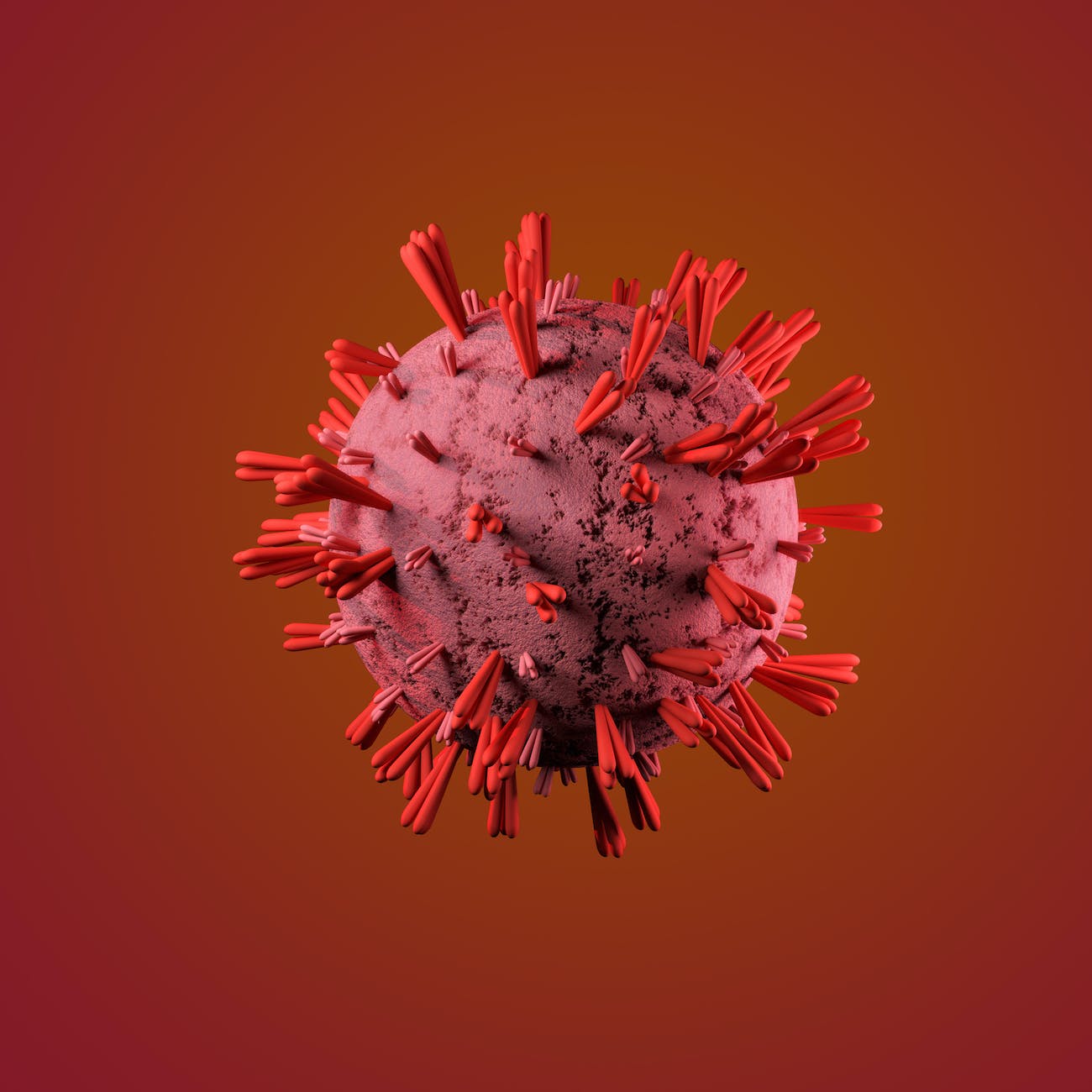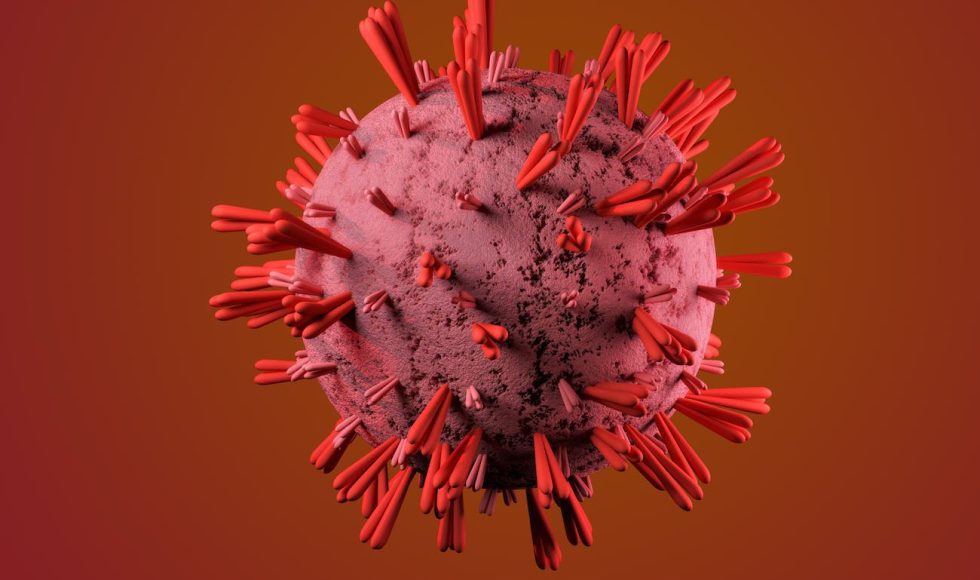Ewan Birney from EMBL & EMBL-EBI in the UK presented at the Nanopore Community Meeting 2021 on “DNA and RNA modifications: how nanopore is giving us new biological insights -from COVID to gene expression.” They began by explaining that nanopore sequencing and sensing modification was recognized as feasible in 2014. DNA modifications such as CpG methylation are known but I did not consider the variety of modifications in bacteria. Birney spoke about how Genomics England processed 155 COVID cases with nanopore. They obtained 23X average depth and reasonable length. This information was then analyzed to identify SNPs and CpG sites. They then scanned for COVID associated loci. The team then analyzed data to learn that clinical status does affect CpG methylation levels. Birney concluded that Nanopore native DNA “provides a robust readout for CpG methylation” and that they “can show a strong impact of COVID 19 genetic loci with CpG differences.” Birney then spoke about the “extraordinary” number of RNA modification: ~170 known! They shared data from yeast knock downs for RNA modifications. Nanocompare software can then analyze the differences in signals. Birney combined history of detection of nucleic acid modification with recent research to identify allele-specific modifications from analysis of signals.



